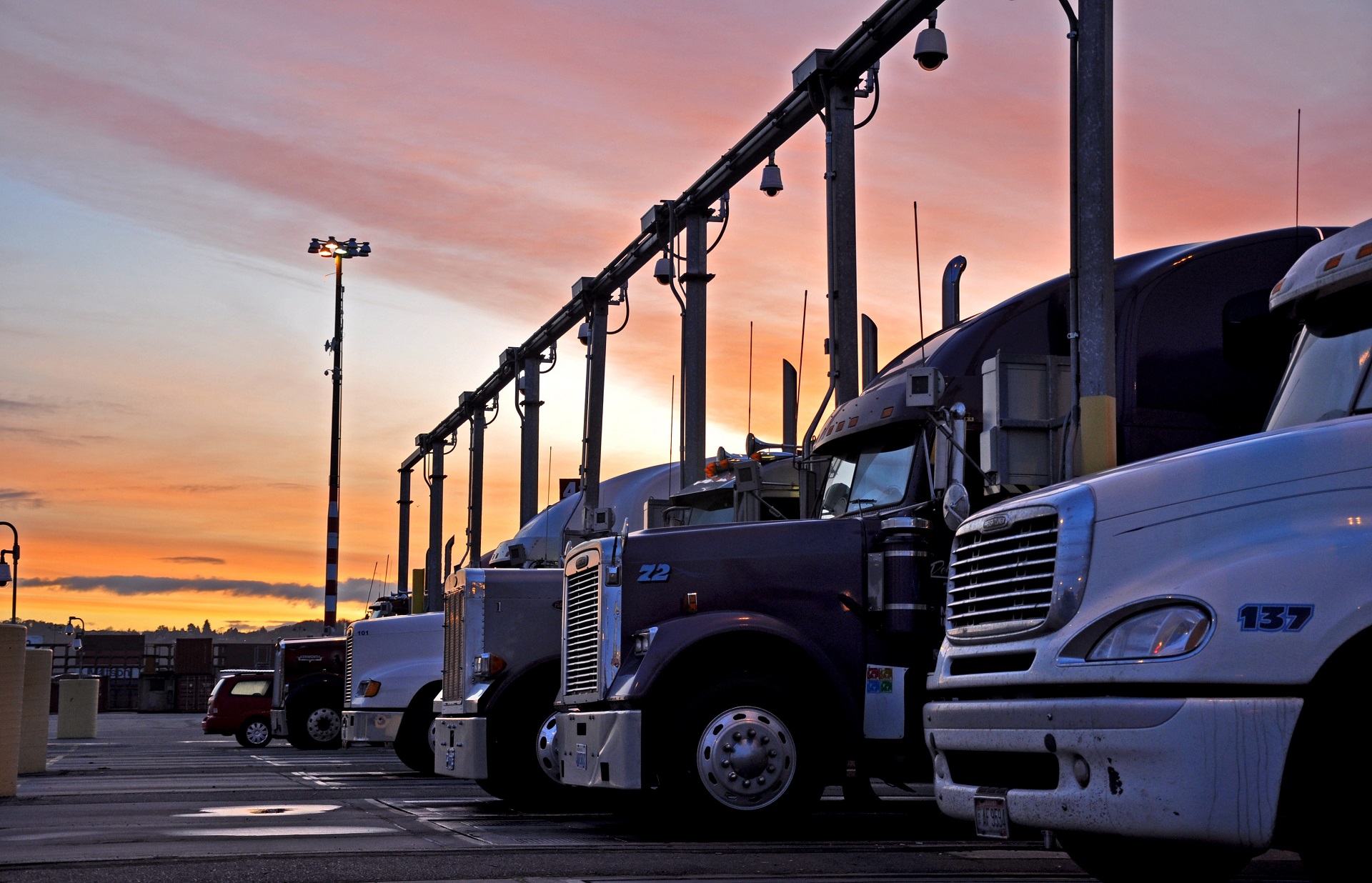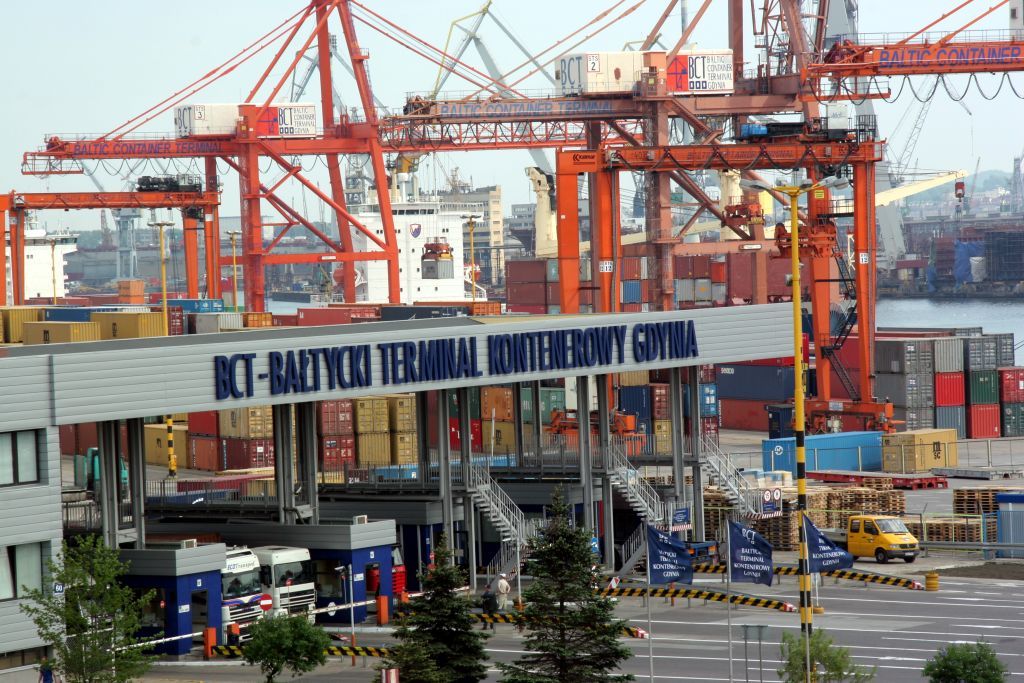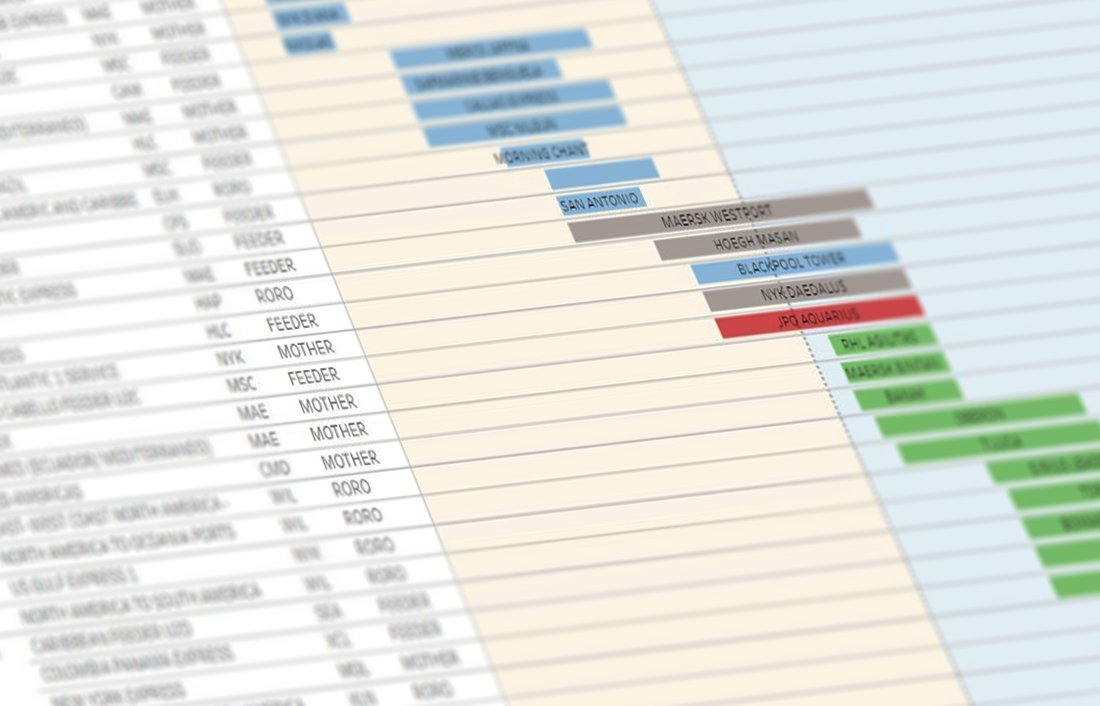
Let us assume that you are a marine terminal operations manager at a busy port. You may often face congestion issues that cause extended gate turn times. The results include frustrated truckers whose potential earnings may be affected by lengthy delays and cargo owners who demand to know the whereabouts of their shipments.
Problems like these put a strain on your professional relationships and can cast a cloud over your reputation. You want to preserve the integrity of your terminal operations, but first, you must solve the problems associated with long waits at your terminal gate.
The Truckers Typical “Turn Time” Experience
Gate and terminal operations at a typical west coast gateway port provide a good illustration of how turn times work on a normal day. A truck carrying an empty container arrives at the gate and stops at the security checkpoint where the driver must present his government-issued ID card. If cleared by security, the driver moves on to the entry pedestal where his mission to return an empty container and pick up a full container must be verified. If there are any questions or concerns about the validity of the trucker’s mission, he will be issued a trouble ticket and must contact the trucking company to confirm his orders. This part of the process could potentially add an hour or more to the turn time for the driver.
Once the matter is cleared up, he can continue to the designated location in the terminal yard where the empty container is removed from the chassis. (At some terminals, he actually may first have to get in another queue to obtain the decking location for his empty.) Next, he proceeds to the yard location to pick up his full, often only to join another queue for the lifting equipment to load his full container. Once this is accomplished, it’s off to the “roadability” area, where his chassis equipment will be checked over for possible safety concerns. Mechanics will be on hand to fix any minor problems, and then the driver can head to the outgate pedestal for verification of a successful mission. Finally, he is free to leave the terminal…well, except for a drive-thru of the radiation portal monitors managed by U.S. Customs, and one final security check before he can FINALLY hit the road.
Facing Congestion

As an illustration of a normal turn time at a terminal, the average turn time at the Port of Los Angeles is estimated to be 60-70 minutes, although, as in the example above, settling a trouble ticket, waiting in line to receive a full container or requiring roadability repairs could add to the time. Other issues that could translate to longer wait times for truckers include:
- An unexpected surge in cargo volume (terminal congestion)
- Reliability of vessel schedules (resulting in delays in cargo being offloaded)
- Equipment shortages or equipment breakdowns
- The number of yard re-handles needed to dig a container out from a stack
- Hours of marine terminal operations (particularly with regard to breaks)
The Automation Solution
The nominal, annual throughput capacity at the Baltic Container Terminal in Gdynia, Poland is 1.2 million TEU. As the second-largest container port in the country, it was clear that the BCT had to prepare effectively for growth. Putting a fully automated gate system in place enabled the port to handle additional traffic smoothly and cut down on turn times that had become a debilitating problem. Long lines caused by routine congestion used to snake out onto the main road. Drivers had to park their trucks and present identification documents at a pre-gate office. Once the documents were verified, a clerk had to inspect the containers, issue a ticket, and hand that over to a security officer. The new automated gate system has reduced that pre-gate process from roughly 30 minutes to about three minutes.

Tailoring the Technology
Today’s technology, as developed especially for marine terminals, focuses on programs designed to address specific issues and enables those programs to interface seamlessly with others, such as the terminal operating system itself. Automation at the gate allows a terminal manager and his staff to streamline processes as well as capture important data from the time a truck driver enters the gate and presents his identification to the time he stops at the last checkpoint before exiting the terminal. An automated gate system allows for the collection and distribution of information in real-time so that terminal personnel can make decisions that can help solve problems quickly and effectively, clear congestion, keep turn times low, and maintain overall terminal integrity.


